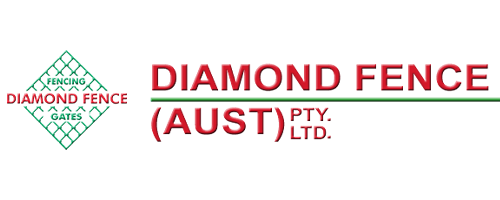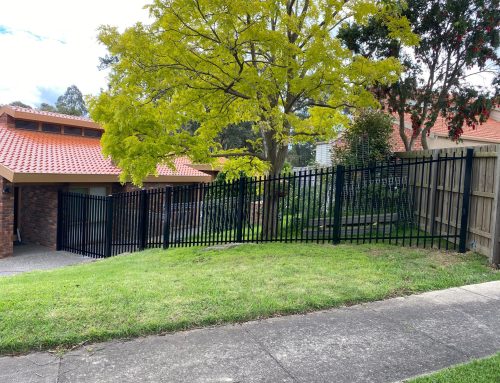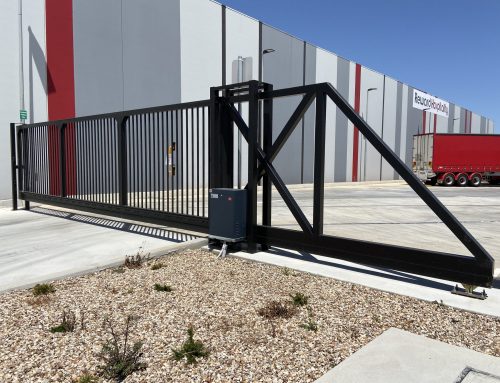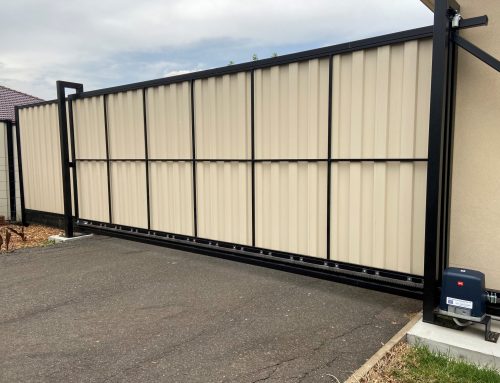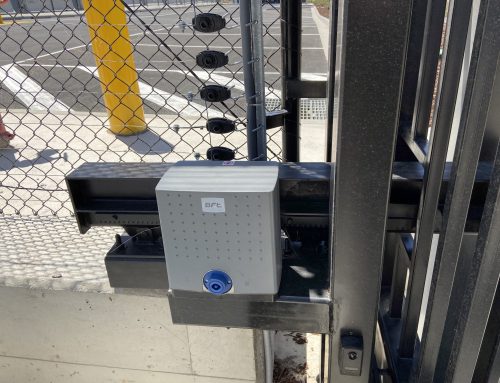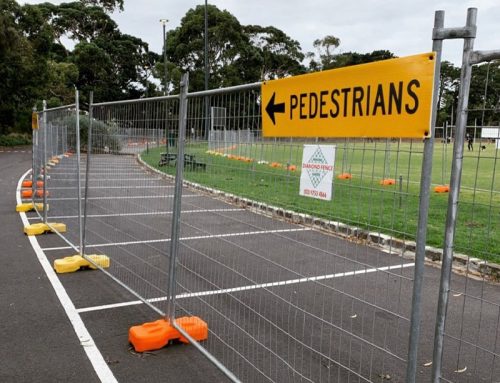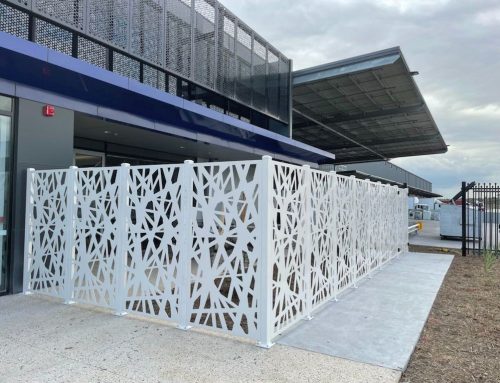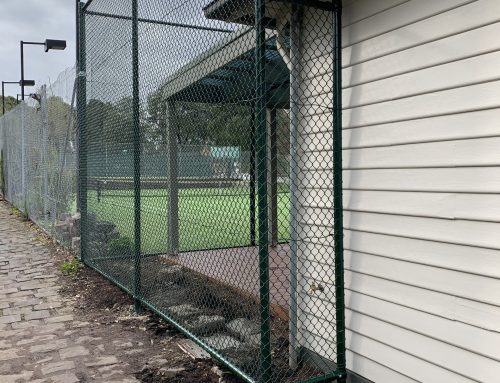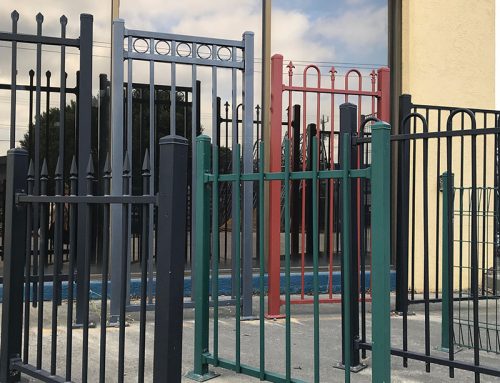Is Rust And Corrosion The Same? Not Quite.
Which came first, the chicken or the egg? It’s a good opening phrase, and it never stops to make you wonder which one really came first? Being a fencing blog, we won’t answer that question, but hang on! You’ll see why we started with that opening line when we plan to talk about rusting and corrosion. We are going to find out if they are the same or not. Why is this important to know? Firstly for general knowledge, and secondly, we keep on talking about how corrosion affects your steel fencing, and how rust is the enemy of your metal fence, regardless if you live in Melbourne suburb or have a property in rural Victoria. Rust is something you don’t want to have on your fence.
To do so, we will define one by one. Let’s start with corrosion.
Corrosion is a natural process where the result is an electrochemical reaction between materials and substances in their environment. This natural process converts a refined metal to a more chemically stable form. There are different types of corrosion, for example, uniform or pitting corrosion. The most general corrosion usually occurs when most or all of the atoms on the metal surface are oxidized, hence damaging the metal surface.
Metal oxidation takes place with the presence of oxygen on the metal’s surface through an ionic chemical process. During the oxidation process electrons move from the metal to the oxygen molecules, then negative oxygen ions generate and enter the metal creating an oxide surface. Metal oxidation is a form of metal corrosion.
When we think about corrosion, most likely we think only about metals. Corrosion can also occur in materials other than metals, such as ceramics or polymers. Corrosion degrades the properties and structures of these materials, for example, strength and appearance of the materials, or if these materials are liquids or gases, then corrosion degrades the permeability of these materials.
We have one very good example when it comes to corrosion, especially metal oxidation. Statue of Liberty. As we know, the Statue of Liberty has a strong looking metal structure. It was first assembled in 1884 in Paris, then disassembled, and again reassembled in the United States. In 1981 the team of engineers and architects made an inspection and discovered many issues, some of them were :
1. Rust stains on the copper skin
2. Severe corrosion of small areas on the copper skin
3. Torch has deteriorated
4. Degradation of the crown and spikes
5. Corrosion of the iron armature
When assembling the Statue Of Liberty, people behind it didn’t consider galvanic corrosion. This is a type of corrosion where one metal corrodes preferentially when it is in electrical contact with another in the presence of an electrolyte. That is exactly what happened to the Statue of Liberty. The restoration of the statue was needed due to the galvanic corrosion of the iron armature that was in contact with the copper skin. Iron and copper are dissimilar metals and that difference in electrochemical potential was the driving force for the electrolysis.
All the iron of the Statue of Liberty was interconnected, except one location that was left in contact with the copper skin. It was necessary to provide electrical continuity to the copper throughout the Statue.
100 years later, in 1986, the Statue of Liberty was restored due to the galvanic corrosion with the help of several engineers, scientists and professional consultants. Metallurgical repair work as big as that had never been attempted before.
As you see, corrosion can do great damage!
By now we should have a clear picture of what is corrosion. Therefore, let’s define rust and rusting.
Rust is an iron oxide formed by the redox reaction of iron and oxygen when the water and air moisture is present. In time, in the presence of oxygen and water, an iron mass will convert entirely to rust and disintegrate. The surface of rust is flaky and doesn’t provide any protection to the underlying iron. When it comes to copper surface and the patina that forms on it, it’s a bit different story. If you look at the Statue Of Liberty and its greenish surface, this is actually patina that has formed on the copper skin and it protects the underlying copper skin from corrosion.
Now, what’s the difference between corrosion and rusting? Rusting is the corrosion of iron and its alloys like steel. Here you see that rusting and corrosion are not the same as rusting is a form of corrosion.
If rusting has gotten to your steel fence, and you need some fence or gate repairs to get done, you can turn to us, to Diamond Fence. We have an experienced fence and gate repairs team who is up for a challenge.
Call us on (03) 9753 4566, shoot us an email on info@diamondfence.com.au, or just get a FREE online quote.
